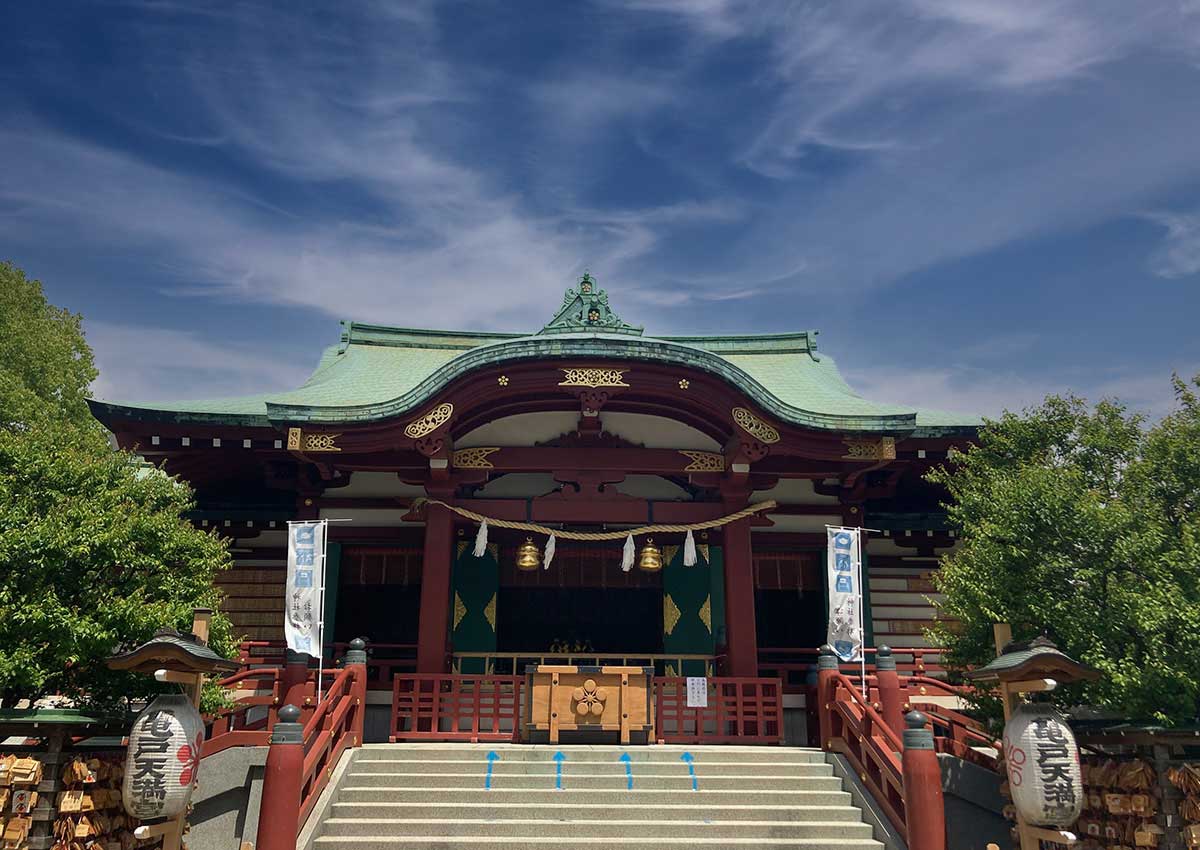Kameido Tenjin Shrine enshrines Sugawara no Michizane, known as the god of learning, and is also called ‘Kameido Tenmangu’ or ‘Tenjin-sama of Kameido’. There was a time when the shrine was called ‘To(east)-zaifu Tenmangu’ as the eastern zaifu (a seat of government) to Kyushu’s Dazaifu-Tenmangu Shrine in Fukuoka Prefecture. The shrine is one of the ‘Tokyo Ten Shrines’ and is also famous as one of the ‘Three Great Tenjin Shrines of Edo’ along with Yushima Tenjin and Yabo Tenmangu.With the ‘Plum Festival’ in February, the ‘Wisteria Festival’ in late April, and the ‘Chrysanthemum Festival’ in late October, the charm of this shrine is that you can enjoy the different atmosphere of the four seasons. You can also visit the Tokyo Sky Tree within short walking distance.
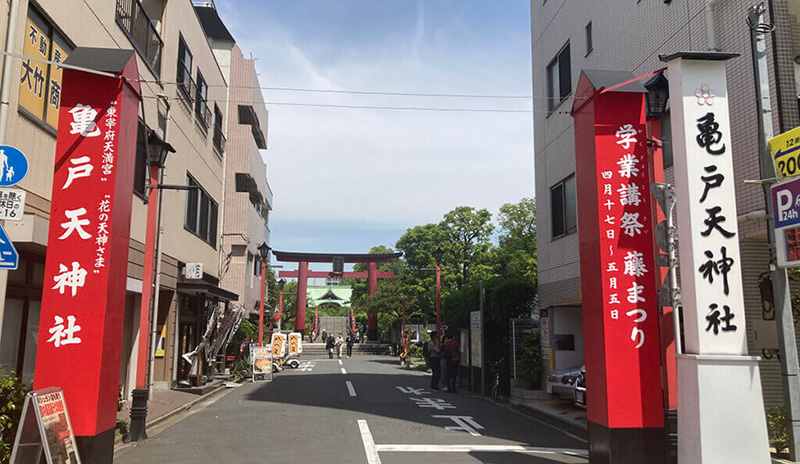
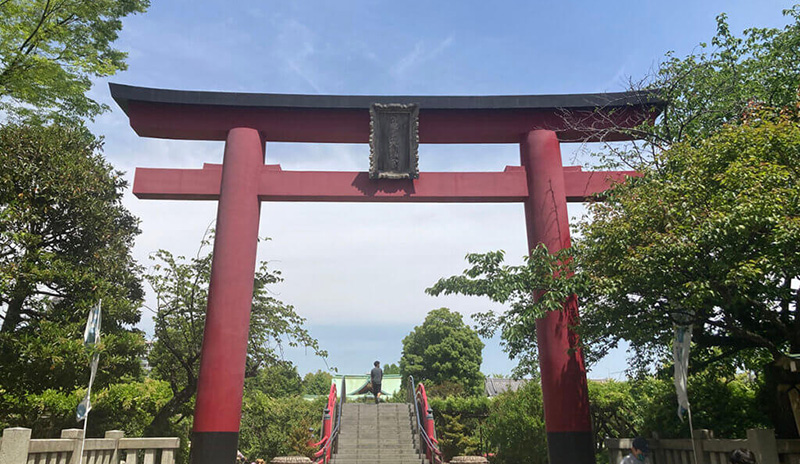
History of Kameido Tenjin Shrine
The beginning of Kameido Tenjin Shrine dates back to 1646 in the early Edo period. The original form of Kameido Tenjin Shrine was built by Otorii Nobusuke, a priest of Dazaifu Tenmangu Shrine in Kyushu, to spread the Tenjin faith. When Edo was severely damaged by the Great Fire of Meireki in 1657, Tokugawa Ietsuna, the shogun at the time, designated Kameido as a site for reconstruction and development projects, and donated the land to Kameido Tenjin. This became the present shrine grounds.
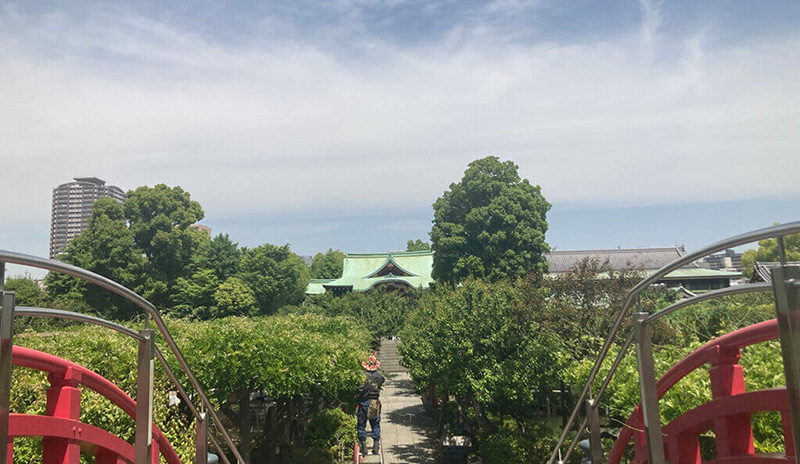
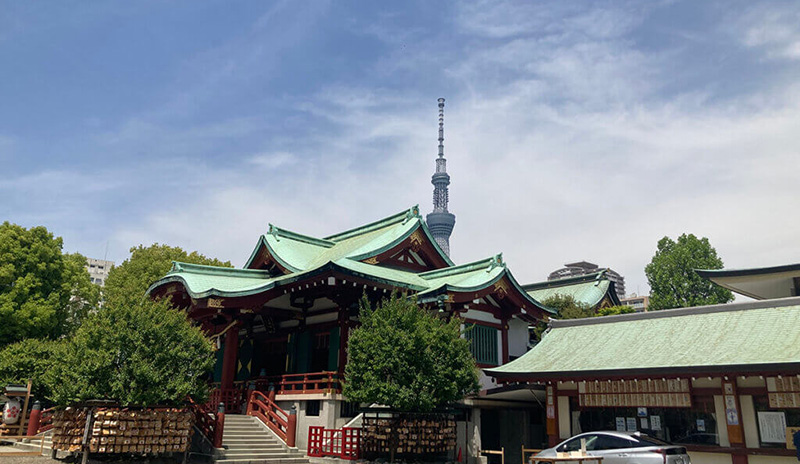
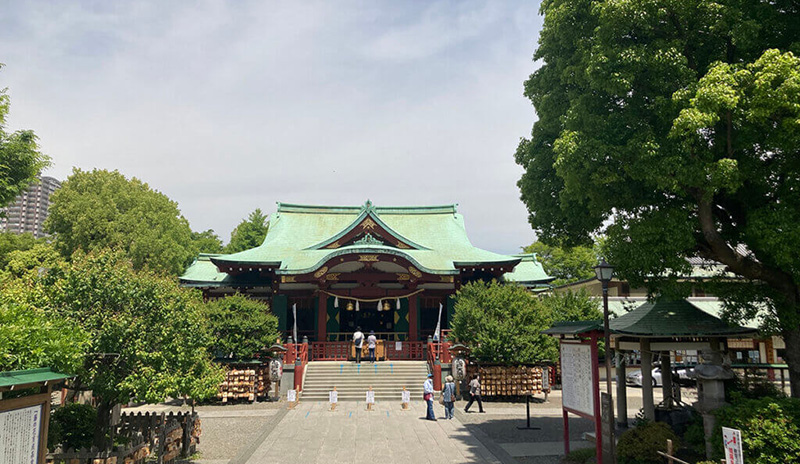
Sights to see of Kameido Tenjin Shrine
The precincts of Kameido Tenjin Shrine can be enjoyed in each of the four seasons: the “Plum Blossom Festival” in February, the “Wisteria Festival” in late April, and the “Chrysanthemum Festival” in late October.
Three Bridges
As in the original Dazaifu, the shrine building, tower gate, corridor, Shinji Pond, and arched bridges were built in 1662. The main attraction is the three bridges that span the Shinji Pond between the great torii gate and the shrine building. When viewed from above, they resemble the character for ‘heart’. The pond and the bridges resemble a person’s life, representing the past, present, and future.
The first large arched bridge is the ‘Otoko-bashi (men’s bridge)’, which represents the past. Standing in the center of the bridge, you can see the entire temple grounds. This is also the place where many people stop to take pictures. It is the best place to take pictures because you can see the Tokyo Sky Tree most clearly.
The second bridge, called ‘Hira-bashi’, is said to represent the present. The third arched bridge, ‘Onna-Bashi (women’s bridge)’, is smaller than the first, and it represents the ‘future’. Each time you cross the bridges and move toward the gods, your spirit will be cleansed.
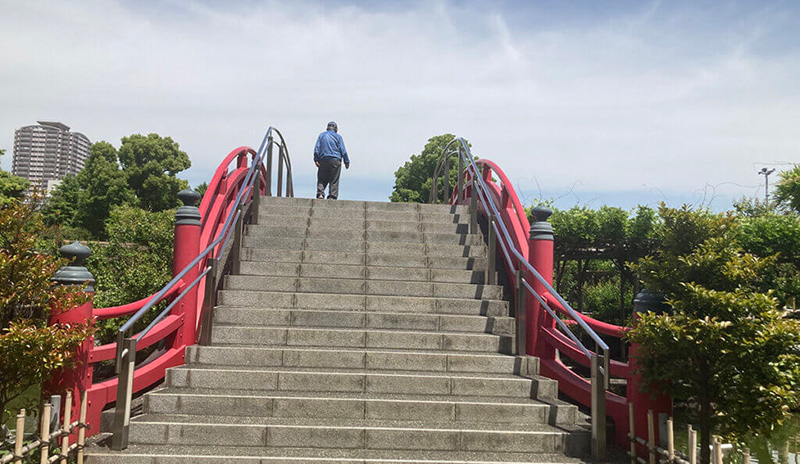
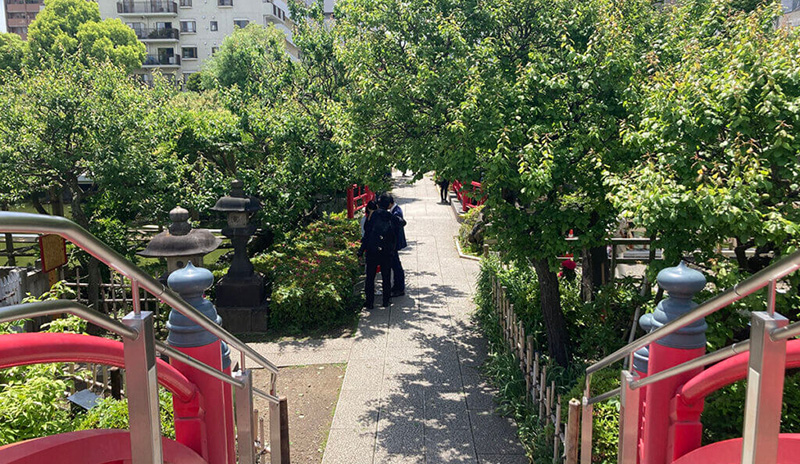
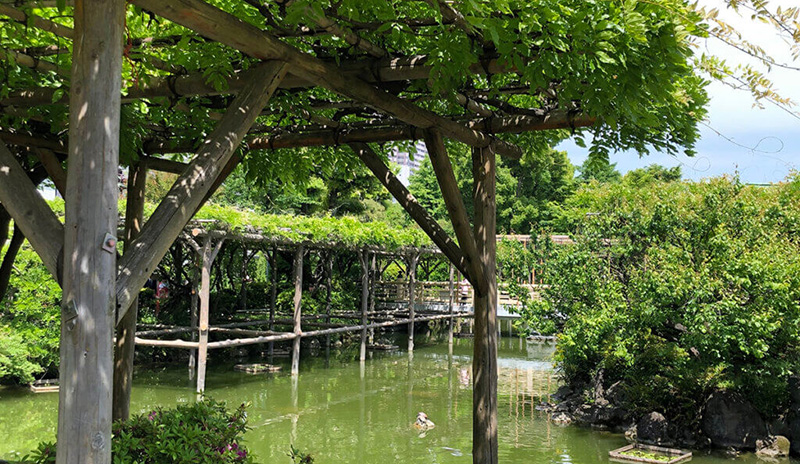
The Turtle and the Sacred Cow at the Water Fountain
After crossing the Onna-Bashi, there is a water fountain on the right. A turtle with a long, bushy tail keeps pouring out water from its mouth, probably in reference to the name of Kameido.
There is also a ‘sacred cow’ on the left side of the worship hall. It is said that by touching it, one can be cured of illness and receive wisdom, so it must have been stroked by many people over the years. It is shiny and glossy in places.
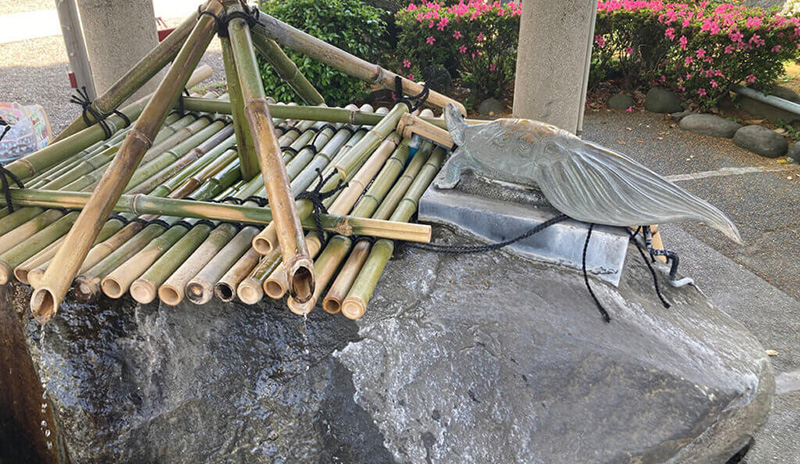
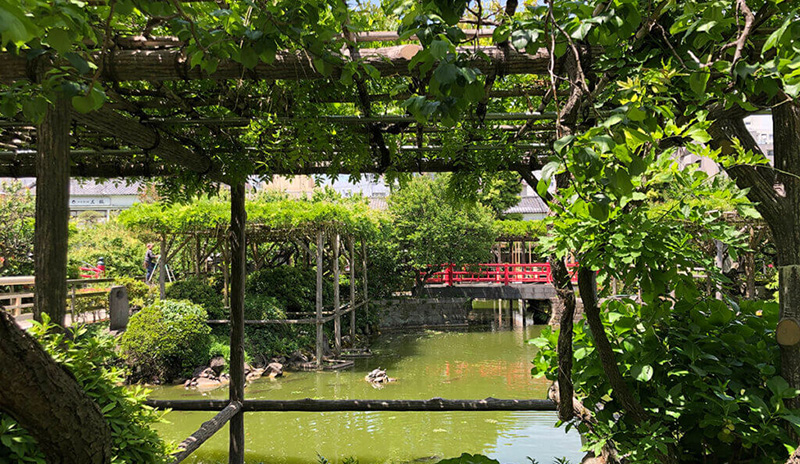
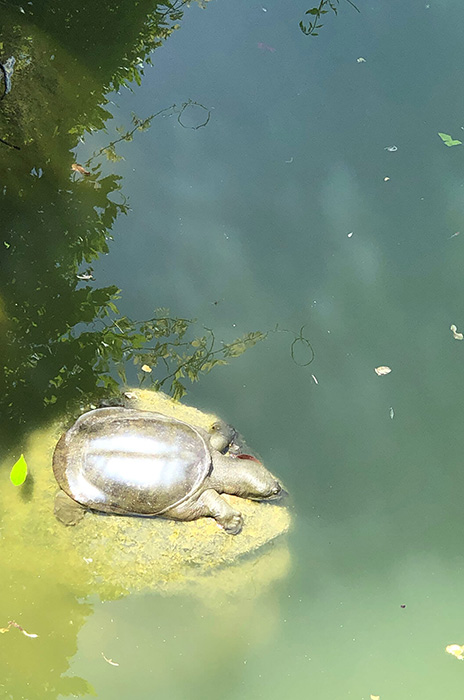
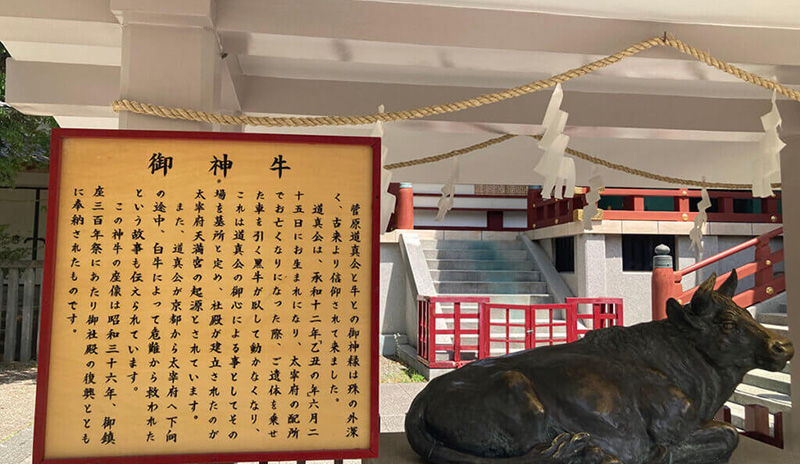
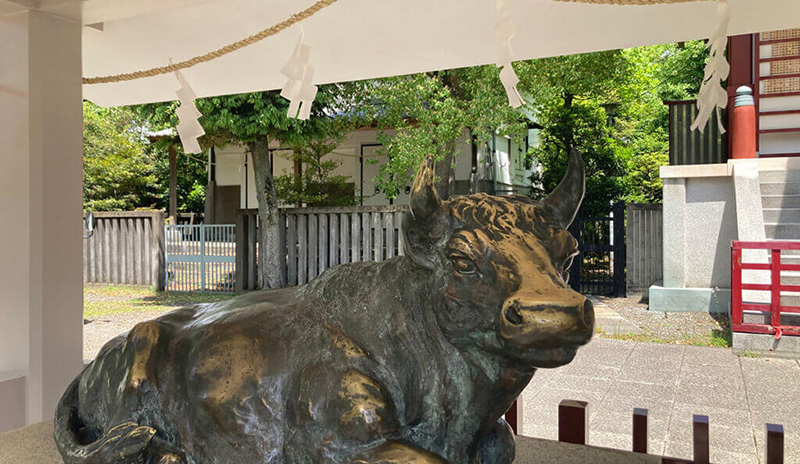
Wisteria Festival
Kameido Shrine is known as one of the best places to see wisteria, with some of the most beautiful wisteria trellises in Tokyo. Around the end of April, when about 50 wisteria trees are in full bloom, the ‘Wisteria Festival’ is held and usually attracts about 300,000 people. The contrast between the purple wisteria flowers and the red torii gate, the arched bridges, and the shrine buildings is very beautiful and impressive.
From the top of the arched bridges, you can look down on the wisteria trellises and enjoy a different look at the wisteria than looking up from below.
Plum Festival
It is said that Sugawara no Michizane was particularly fond of plum blossoms, and there are over 300 plum trees planted on the precinct. There are about 40 varieties of plum trees, and each tree has a tag with the type of plum tree, such as ‘Shirokaga,’ ‘Kagoshima Beni,’ and ‘Shinonome’. It is fun to look at each plum tree and compare the tags.
Within the shrine grounds, there is a statue of Sugawara no Michizane as he looked when he was five years old, and the waka poem he composed at that time.
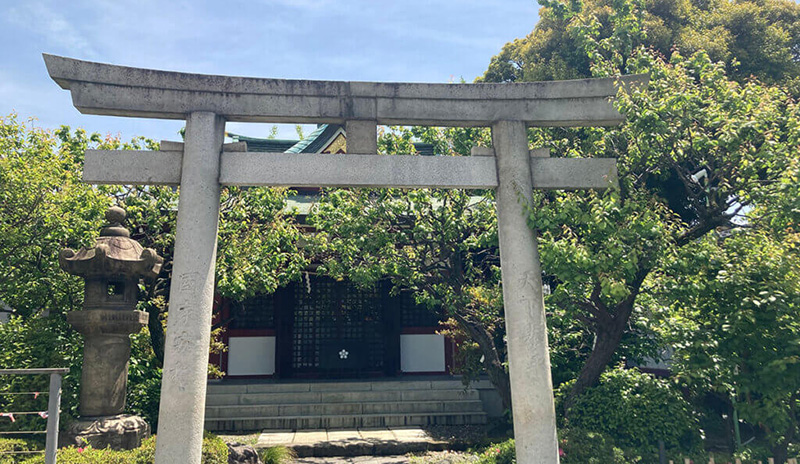
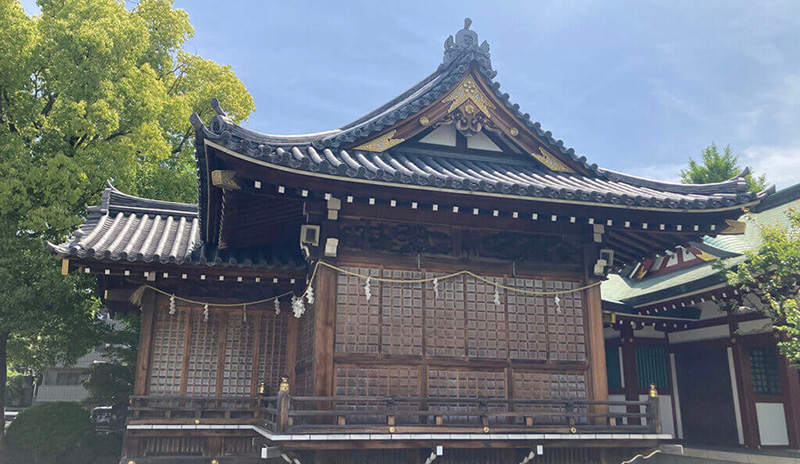
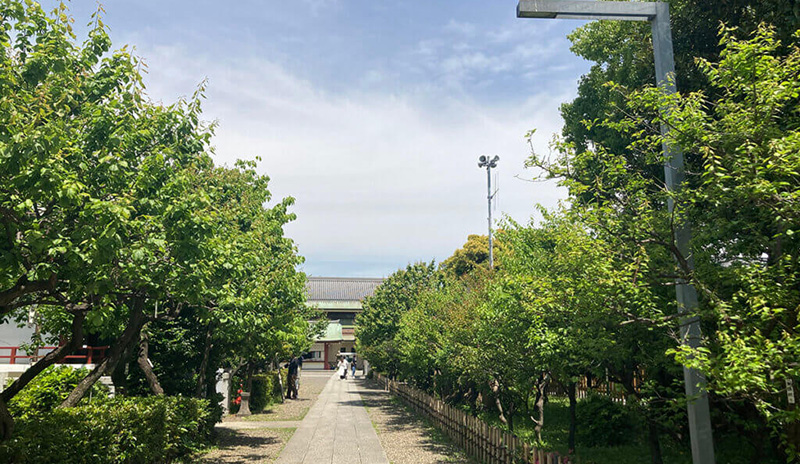
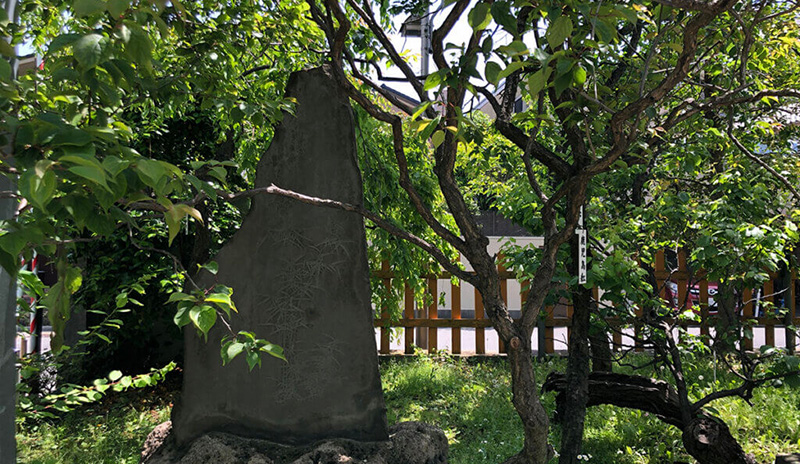
Uso Mamori
Every year in late January, Kameido Tenjin holds a ritual called ‘Usokae,’ which is believed to have originated at Dazaifu Tenmangu Shrine. Uso (homophone of lie ), or bullfinch, is the name of a small bird that actually exists. It is believed to bring good luck, and it is believed that by changing to a new uso every year, the bad things that happened in the past will become a lie and good luck will be obtained.
The lucky ceremony replaces an old wooden bullfinch with a new one, and the wooden bullfinch is awarded. There is also a monument for the bullfinch near the shrine.
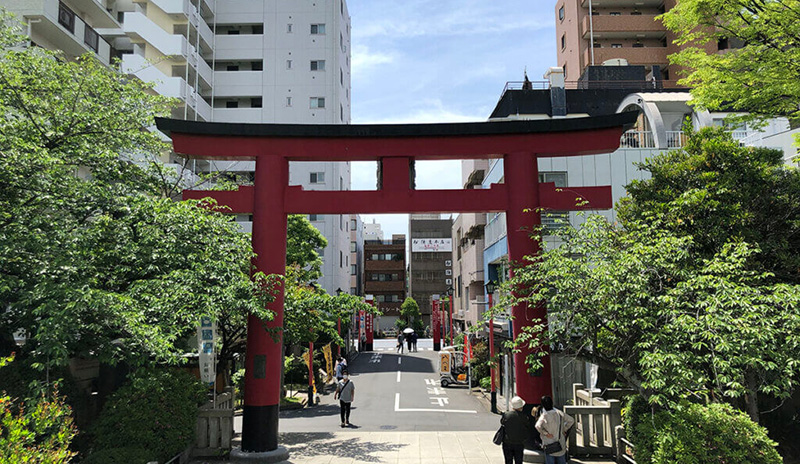
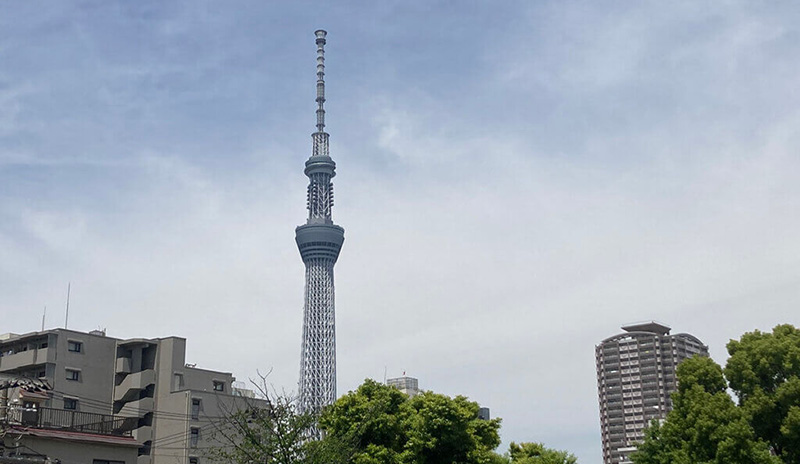
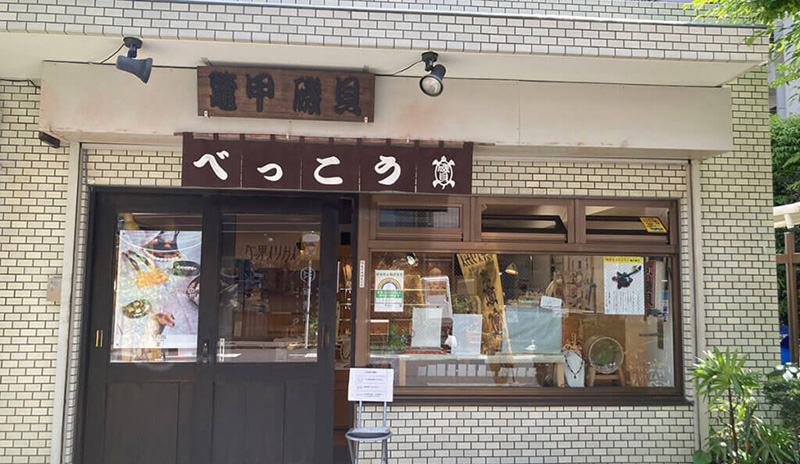
Access to Kameido Tenjin Shrine
3-6-1 Kameido, Koto City, Tokyo
Parking around Kameido Tenjin Shrine
Kameido Tenjin Shrine Official Website
official site:http://kameidotenjin.or.jp/
